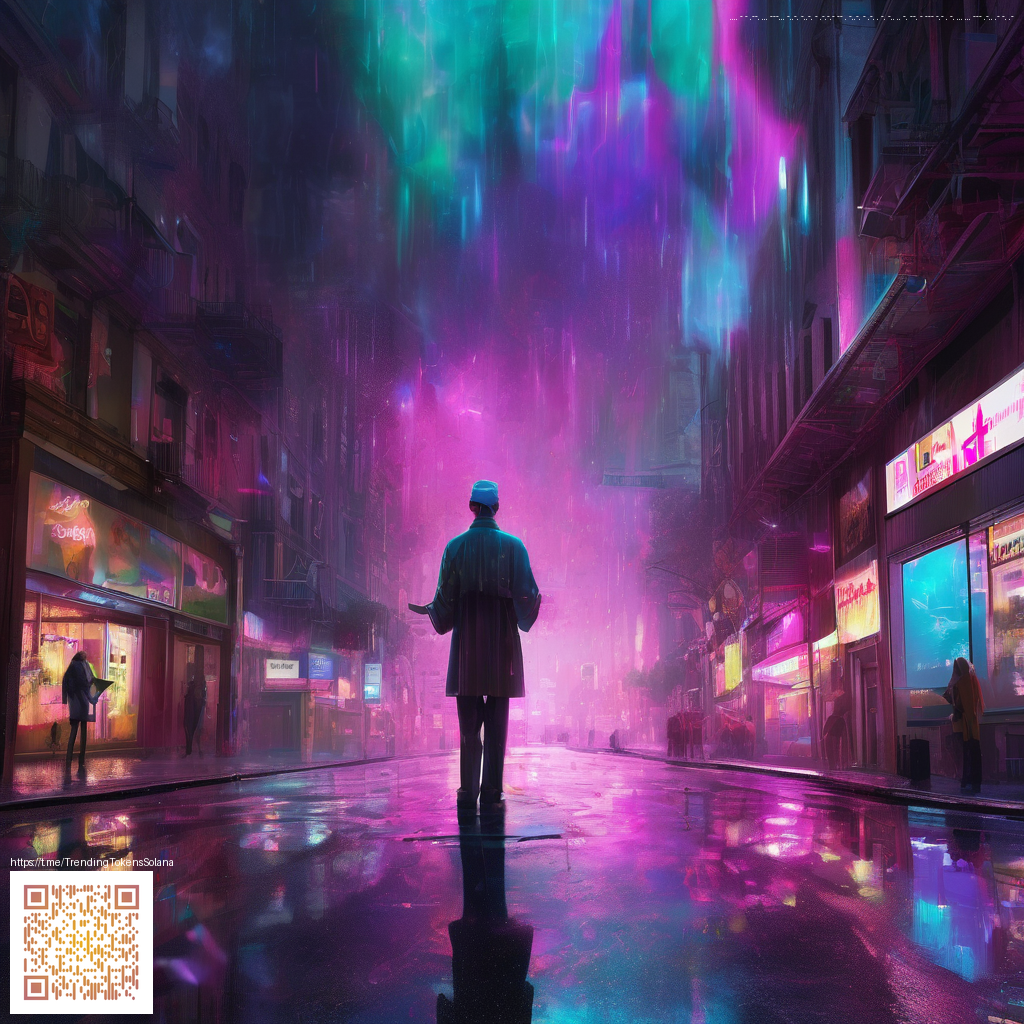
Digital Paper: The Quiet, Powerful Interface
Digital paper is less a literal material and more a design philosophy that treats screens as tactile, narrative surfaces. It’s about crafting reading experiences, notes, and micro-stories in a way that feels almost physical—like a page you can turn, a note you can stick, or a sketch you can gently erase. When teams lean into this approach, interfaces become less about flash and more about memory, tone, and emotional resonance. The result is a design language that invites users to linger, reflect, and engage with content on a human cadence rather than a transactional click-through.
What is digital paper in design terms?
Think of digital paper as a sensorial scaffolding for UI: typography with generous margins that breathes, color palettes that feel tactile rather than neon, and transitions that resemble the subtle friction of turning a page. It’s not about mimicking pencil marks or post-it notes exactly; it’s about translating the intentional, analog rhythms we experience in real life into digital experiences. In practice, this means prioritizing legibility, quiet micro-interactions, and a sense of continuity across screens that reduces cognitive load while heightening emotional clarity.
Emotion as the design metric
Emotion should guide choices from layout to copy. When a user returns to a product, they should feel calm, curious, or reassured—emotions that encourage ongoing engagement rather than brief satisfaction. Your typographic scale, spacing, and tactile cues can operate as emotional signals: a warm serif for trust, a crisp sans for efficiency, a soft shadow that suggests depth without distraction. The goal is not to evoke a single mood but to craft a consistent emotional thread that helps users anticipate outcomes, remember decisions, and value the experience itself.
“Design is the art of turning digital interactions into tangible moments of meaning.”
To weave this into everyday products, teams increasingly seek artifacts that bridge the digital and physical. Small, thoughtful objects—like a case that doubles as a wallet, or a notebook-ready interface—can become anchors for digital paper in daily life. When users encounter these artifacts, the boundary between screen and material softens, making their digital journeys feel more intentional and less disposable.
Tangible artifacts in a digital world
Consider how a well-crafted physical accessory can reinforce a digital experience. The presence of a sturdy, intelligently designed item adds texture to the abstract, helping users anchor ideas in memory. For example, a MagSafe Phone Case with Card Holder (Polycarbonate Matte/Gloss) embodies this fusion: it is more than protection or utility; it’s a physical prompt that reinforces the organization and care a brand wants users to feel when managing their everyday tech. You can explore this kind of product narrative on the product page linked here: MagSafe Phone Case with Card Holder — Polycarbonate Matte/Gloss.
Beyond individual items, the digital paper mindset suggests design teams share deeper, more semantic stories through their content. A companion article or case study indexed on a reference page can illuminate how texture, tone, and cadence shape perception. For those who want to skim through a concise exploration, the page at https://emerald-images.zero-static.xyz/16b219b6.html provides a thoughtful overview that complements the ideas discussed here.
In practice, teams can apply digital paper principles by embracing slower, more deliberate UI patterns: longer form explanations, generous white space, and copy that respects the reader’s pace. When you pair these patterns with tactile artifacts—like a case that organizes cards and a screen experience that gently unfolds—you create a cohesive system where digital messages feel more like conversations and less like messages pinging in a busy inbox.
Practical steps to start integrating digital paper today
- Audit your typography: favor readability and rhythm over novelty. Use a limited set of typefaces with ample line height to create a calm reading experience.
- Trim motion and noise: reserve animations for meaningful moments, such as status updates or completion cues, to preserve focus and reduce cognitive load.
- Design for memory: craft consistent visual cues, so users can predict outcomes and navigate with confidence across devices.
- Bridge the digital and the physical: incorporate thoughtfully designed artifacts in product ecosystems that reinforce the digital experience, much like the prominent example above.
Ultimately, digital paper is less about gimmicks and more about building trust through thoughtful pacing, clear emotion, and tangible touchpoints. When users feel understood by a design—when a screen responds with calm confidence or a product feels reliable in their hands—the digital experience becomes memorable, enduring, and deeply human.